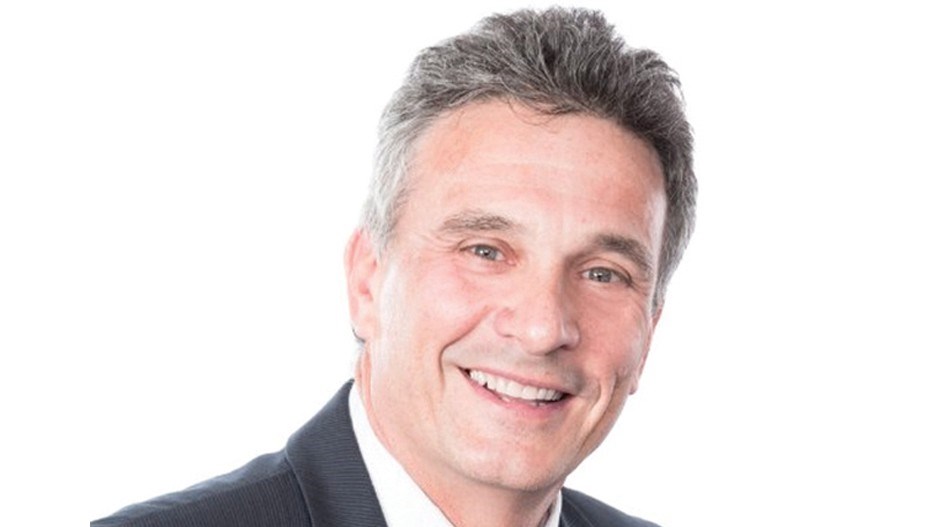Understanding the truth about Canada’s history with Indigenous peoples and reconciling with that history involves much more than government action.
As the Truth and Reconciliation Commission outlined in its report, there’s a role for all institutions from large corporations and small businesses to libraries and sports leagues.
In the report, the commission calls on businesses to adopt the reconciliation framework of the UN Declaration on the Rights of Indigenous Peoples, including ensuring that Indigenous people have equal access to jobs, training and education – as well as providing education to management and staff on Indigenous laws, communities and residential schools.
The report also highlights the importance of removing barriers to the employment of Indigenous people as well as the need to create long-term economic opportunity streams for companies and communities.
“In some ways this is low-hanging fruit,” said Kelly Lendsay, president and CEO of Indigenous Works, a non-profit group with a mandate to improve the inclusion and engagement of Indigenous people in the Canadian economy. “It takes a commitment from the organization. It’s an opportunity to align your organization as a supporter of truth and reconciliation.”
Truth and reconciliation has two parts that all governments and businesses can implement. The “truth” half involves confronting Canada’s history with Indigenous peoples with an eye toward repairing the damage. The reconciliation half involves mending those relationships.
Lendsay said the shift towards reconciliation is accomplished by embracing change, developing new ways of doing things and building friendly relationships with Indigenous businesses and communities.
Once businesses create and implement a plan to integrate truth and reconciliation into their business practices including human resources, they can begin reaping some of the practical benefits, Lendsay said. By establishing a clear, effective truth and reconciliation strategy, businesses can establish themselves as employers of choice among Indigenous employees, communities and businesses.
By creating an Indigenous engagement strategy that spotlights truth and reconciliation, an organization can begin advertising to job candidates, potential business partners and customers that it is committed to Indigenous community and reconciliation.
Simple first steps, such as land acknowledgements, are small yet important acts of reconciliation, and can signal support of the Indigenous community beyond tokenism, Lendsay said.
He added that the benefits go far beyond public relations and steps toward a truth and reconciliation framework have advantages for businesses beyond the bottom line, including providing new perspectives and ideas.
Lendsay said in an era of partnerships and growing labour shortages, it makes sense to eliminate labour-market barriers and educate an organization’s workforce to give companies a better understanding of the Indigenous businesses and communities they are partnering with.
“We don’t want reconciliations to come across as ‘shame and blame’ or from a place of guilt,” said Lendsay. “It’s from a place of honest knowledge, understanding and acknowledging the history of residential schools.”
He added that organizations like Indigenous Works can help businesses and employers achieve that understanding by providing education about systems, models and frameworks for Indigenous economic inclusion. •




